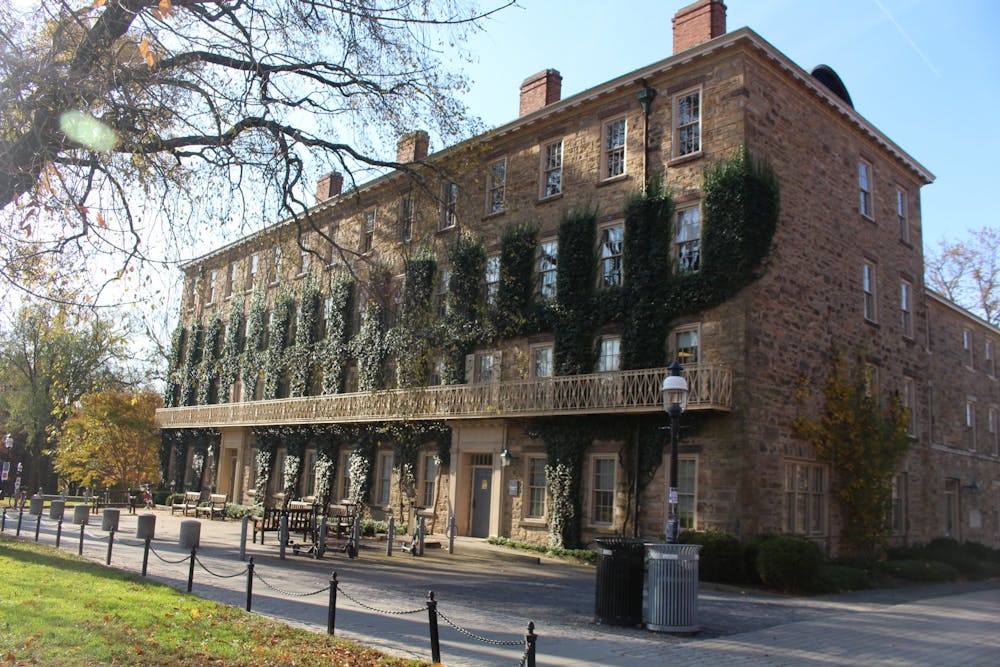Amid the COVID-19 pandemic, college enrollment, defined as students actively taking classes as opposed to including those on gap years, has declined. Yet the different patterns of enrollment across the United States versus at Princeton demonstrate a significant disparity in the value students place on a college degree and speak to the greater inequalities in education across America. Overall in the U.S., college enrollment exhibited a 3.4 percent drop last fall and a 3.2 percent drop this fall. These statistics are significant, representing the absence of nearly 240,000 college students when compared to previous years.
Yet, Princeton has defied this pattern and is able to boast a current undergraduate population of 5,240 students, demonstrating a difference of only 20 students when compared to the 2017–18 academic year enrollment. However, this figure should not be taken at face value; just last year, undergraduate enrollment sank to 4,688.
What exactly accounts for the almost 12% increase in Princeton’s undergraduate enrollment within the past year? Gap year students likely played a large role in this fluctuation; when students learned that college would take place almost entirely in the online world, many decided to press pause and return to their studies when they would no longer be confined to Zoom boxes. What is significant is that the drop in enrollment at Princeton was very temporary, and within a year it has returned to its typical level. The same cannot be said for colleges across the U.S.
The general pattern in the U.S. has been a continuous decrease in undergraduate enrollment approaching a total of six percent. When looking more closely at the numbers, it seems that this decision has primarily been a financial one, especially for low-income students and students of color. As the economy tanked amid the pandemic, many began to reevaluate whether the cost of college was truly worth it, or if they would be better off going directly into the workforce. This bears great significance as the job market in a tanked economy was far from fruitful; thus, the conclusion that one would be better off trying to get a job in such a fraught economy rather than absorb the excessive costs of college demonstrates how burdensome college tuition can be.
Princeton’s anomalous undergraduate enrollment suggests that either students here were not making this assessment at the same rate that others were across the country, or students were making this assessment but came to different conclusions than most. In either circumstance, I believe that our relatively steady enrollment is closely tied to the immense privilege of receiving a Princeton education. That students can decide in tough times that the exorbitant cost of a Princeton education is still worth it, or perhaps that students do not even have to ask themselves this question, illustrates how precious our education really is.
So what should we take away from this lesson? I think this evidence of how prized our education is, which certainly does not stand alone, underscores the importance of promoting its accessibility and using it productively. For starters, a commitment to making the admissions process as equitable and accessible as possible is an important way of sharing this valuable resource. This could start with increased forms of outreach to underrepresented demographics, but can take shape in many other forms.
However, these statistics also highlight the importance of what we do once we leave Princeton, for it is then that we will exit the “Orange Bubble” and reenter the world where college enrollment is down six percent and the upside of a college education is more ambiguous. Rather than remain indifferent about our existence as an anomalous cohort of college students, we should question why that is and what systemic structures lead to this divergence. By using this valuable resource we have to level the playing field for all, we prevent such divergences from perpetuating inequalities and creating significant disparities among academic institutions.
Ava Milberg is a sophomore from New York City. She can be reached at amilberg@princeton.edu.








